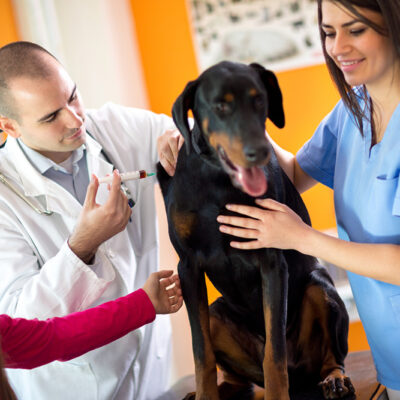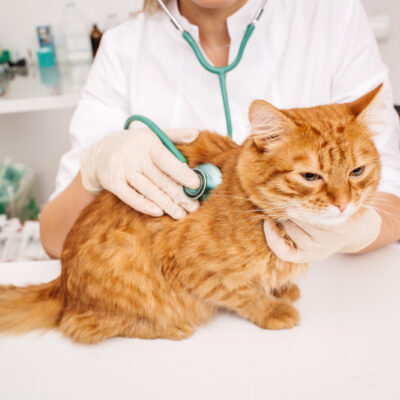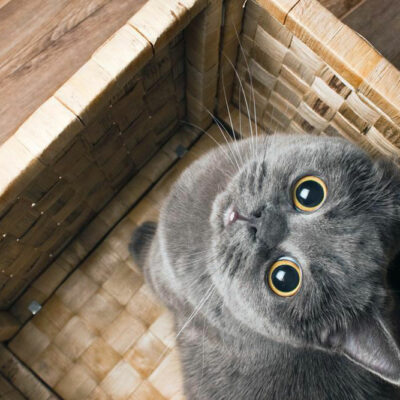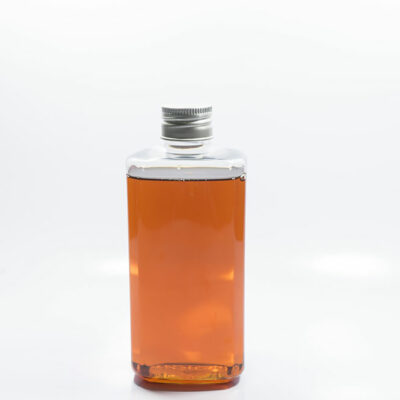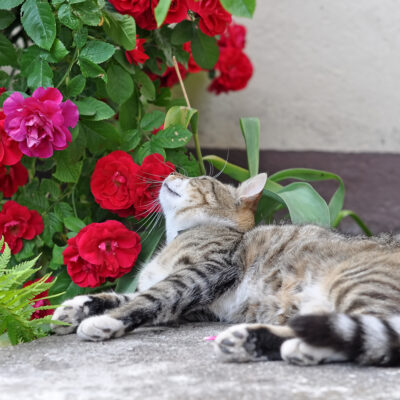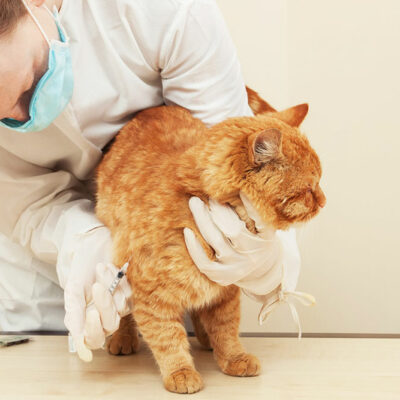
Pets
Easy Homemade Cat Treat Recipes
A major advantage of making cat treats at home would be you are aware of all the ingredients that go into these special delicacies. Every cat would have unique likes and preferences when it comes to what they desire to eat. So, to choose a recipe that you think your cat would enjoy most, here are three easy homemade mouth-watering cat treats you can make for your furry feline friend. 1. Crunchy catnip tuna cookies For this recipe, you will need One egg One can of tuna in water, drained. ½ cup of rolled or powdered oats One tablespoon of dried catnip To make this delicious cat treat, you must Preheat your oven to 350 degrees Fahrenheit. Line a cookie tray with parchment paper and set it aside. Combine all four ingredients well in a bowl and make it a smooth, wet dough. Scoop the dough with a teaspoon, make little cookie balls and place them neatly on the cookie tray. Bake for 12 minutes or until the cookies are crisp and browned. Every 3-4 minutes, turn the cookies around to ensure it bakes evenly on all sides. Remove from the oven and allow the cookies to cool down completely.
Read More 